Millions of people have their lives shattered by armed conflict – wars – every year.
Some of these conflicts, notably Russia’s invasion of Ukraine, play out between states, but many more occur within a single state’s borders. In Syria, government forces, long supported by Russia, continue to fight foreign-backed armed groups for control of territory. In Somalia, fighters from the Al-Shabaab armed group continue to resist the government’s attempts to extend its control.
No matter the cause of war or the forces involved, the results are often the same. Armed conflicts mean devastating loss of civilian life, massive displacement and violations of human rights and international humanitarian law.
From Afghanistan to Yemen, Amnesty International documents and campaigns against violations of international law during armed conflicts, regardless of who the perpetrator is or where the abuse occurs. Amnesty sheds light on the increased risk of harm to at-risk groups, such as older people, children and people with disabilities. Amnesty also supports survivors’ demands for justice and accountability from national authorities and international institutions including the UN and International Criminal Court.
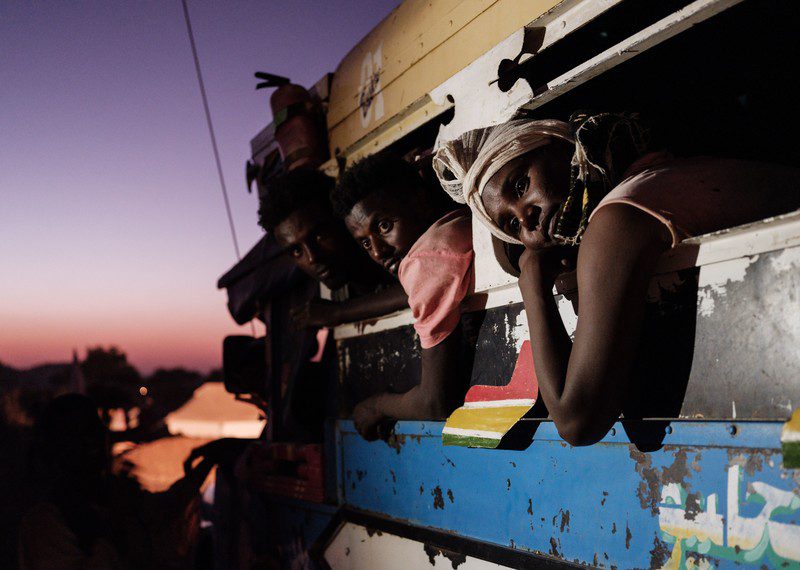
What are the laws of war?
International humanitarian law – known as the laws of war – establishes what can and cannot be done by parties to an armed conflict. These laws seek to minimize human suffering and protect civilians as well as combatants who are no longer taking part in hostilities, such as prisoners of war. The main treaties of international humanitarian law are the 1949 Geneva Conventions, adopted after the horrors of World War Two, and their additional Protocols.
Even so, many of the gravest human rights violations are committed in war. These include using rape as a weapon of war, recruiting children to serve on the frontlines, launching direct attacks on civilians and civilian infrastructure and indiscriminate or disproportionate attacks. Warring parties may also try to weaken communities as retaliation by obstructing humanitarian aid, such as food and medicine, even using starvation as a weapon of war.
Under the laws of war, civilians may not be deliberately targeted, although they may still be killed or injured if this happens as part of a proportionate attack on a military target. All parties to the conflict must take measures to minimize harm to civilians and “civilian objects” (such as residential buildings, schools and hospitals), and must not carry out attacks that fail to distinguish between civilians and combatants, or which cause disproportionate harm to civilians.
Some of the most serious crimes under international law are committed during armed conflicts. These include:
War crimes – serious violations of international humanitarian law that include wilful killings, direct attacks on civilians, torture, use of prohibited weapons, the murder or ill-treatment of prisoners of war or others who have been captured, surrendered or injured and crimes of sexual violence.
Crimes against humanity – crimes committed as part of a widespread or systematic attack by or on behalf of a state or an organization against a civilian population during peace or wartime. There are 11 crimes against humanity including murder, extermination, enslavement, deportation or forcible transfer of a population, torture, rape and other serious forms of sexual violence, enforced disappearance and apartheid. Crimes against humanity may be committed in armed conflict or in peacetime.
Genocide – certain acts committed with the intent to destroy, completely or partially, a national, ethnic, racial or religious group. Genocide may be committed in armed conflict or in peacetime.
Over time, the international community has established specialized courts to hold perpetrators of crimes under international law to account, such as the ad hoc tribunals for the former Yugoslavia, Rwanda and Sierra Leone. International justice is also served by the International Criminal Court (ICC), which recorded its first conviction in March 2012 against Thomas Lubanga, the leader of an armed group in Democratic Republic of Congo.
States can also use the principle of universal jurisdiction to pursue their own prosecutions of perpetrators of war crimes and other crimes under international law.

Case Study: Mariupol, Ukraine
Following an extensive investigation, Amnesty International concluded that Russian military forces committed a war crime when they struck the Mariupol theatre in Ukraine on 16 March 2022, killing at least a dozen civilians.
Its findings, based on interviews with numerous survivors, forensic architecture and extensive digital evidence, indicated that the attack was almost certainly carried out by Russian fighter aircraft dropping two 500 kg bombs that struck close to each other and detonated simultaneously.
Amnesty International concluded it was likely Russian military forces deliberately targeted the theatre despite knowing hundreds of civilians were sheltering there – making the attack a clear war crime.
What weapons are banned in war?
Warfare is constantly evolving and so are the weapons used in conflict. International humanitarian law expressly forbids the use of weapons that are indiscriminate in nature. Such weapons cannot be used in a manner that distinguishes between civilians and combatants or between civilian objects and military objectives. They are often inaccurate and cause disproportionate damage. International humanitarian law also prohibits the use of weapons that cause superfluous injury and unnecessary suffering,
Weapons which have been banned by specific treaties include:
- Nuclear weapons
- Chemical weapons
- Biological weapons
- Anti-personnel landmines
- Cluster munitions
- Blinding laser weapons
Other weapons, such as very large aerial bombs or salvos of unguided rockets, may not be banned, but they have a significant detrimental effect when used among large groups of civilians. Amnesty International strongly supports the Explosive Weapons in Populated Areas political declaration, that seeks to limit the harmful effects of these weapons on vulnerable groups.
Amnesty International also led the fight for a binding Arms Trade Treaty, which has been ratified by 111 states and went into effect in December 2014. Now the human rights implications of arms sales must be considered before states sell each other weapons, and Amnesty International’s vigorous investigations and monitoring of the enforcement mechanisms has meant we have helped stop harmful arms transfers all over the world.
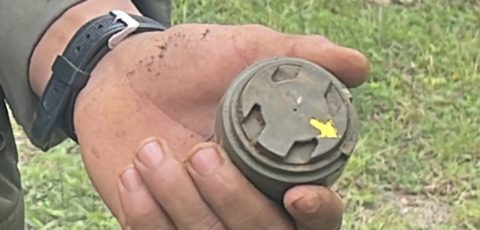
Case Study: Kayah State, Myanmar
For years, Amnesty International has relentlessly documented and criticized human rights violations in Myanmar.
In July 2022, the organization revealed that the Myanmar military is committing war crimes by laying antipersonnel landmines on a massive scale in and around villages in Kayah (Karenni) State. Antipersonnel landmines are inherently indiscriminate and their use is internationally banned.
The landmines laid by the Myanmar military have killed and seriously injured civilians and will have significant long-term consequences, including on displaced people’s ability to return home and farm their lands.
Amnesty International’s findings were based on an on-the-ground investigation in conflict-affected parts of the state.
Who is most at risk in conflict?
Some civilian groups face increased risk of harm during wars. These include women, older people, people with disabilities, and children.
In 2021, more than 19,000 children were either recruited as child soldiers; killed or maimed; subjected to sexual violence; or abducted in armed conflicts. The greatest number of these UN-verified violations took place in Afghanistan, Democratic Republic of Congo, Israel and the Occupied Palestinian Territories, Myanmar, Somalia, Syria, and Yemen. Former child soldiers and others perceived to affiliated with armed groups are often unlawfully detained and subjected to torture, as Amnesty has reported on in Northeast Nigeria, or given little to no support to access education or to respond to their physical and mental health needs, as the organization documented in northern Iraq.
In many conflicts, fighting forces continue to use sexual violence against women and girls to deliberately inflict lasting physical and psychological damage. Amnesty International has documented how Ethiopian troops and militia, Eritrean soldiers, as well as fighters from the Tigray People’s Liberation Front, have subjected women and girls to rape, gang rape, sexual slavery, sexual mutilation and other forms of torture.
Amnesty International has also carried out extensive research into the impact of conflict on older people. The organization found that older people in Northeast Nigeria have suffered in unique ways from the conflict between the military and Boko Haram that has raged for almost a decade. Amnesty revealed how many older people starved or were slaughtered in their homes, or were left to languish and die in squalid, unlawful military detention.
While researching war’s impact on people with disabilities, Amnesty International found that millions of Yemenis with disabilities struggled to access even the most basic humanitarian aid. Many were left behind as their families fled fighting, often because wheelchairs, crutches and other devices made it too difficult to escape. And, as in many conflict settings, access to psychosocial support was very hard to come by.
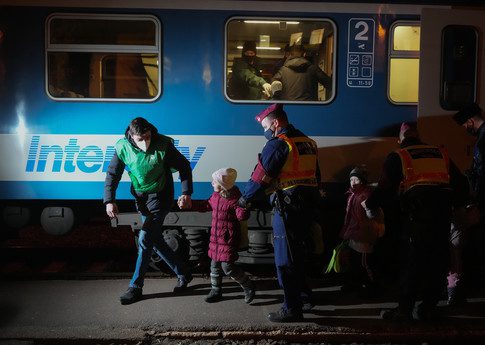
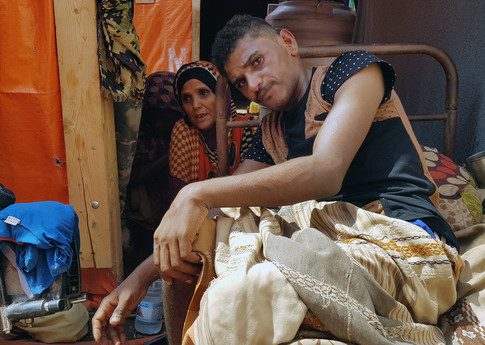
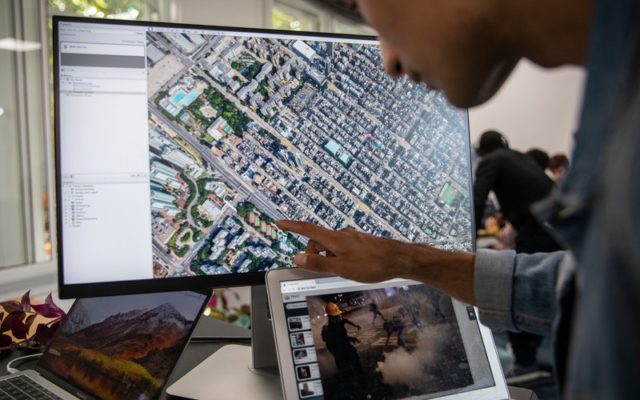
What does Amnesty do to help?
Amnesty International conducts on-site and remote investigations into violations of international law during armed conflicts.
Our researchers spend thousands of hours each year on the ground in conflict-affected areas, interviewing witnesses and survivors, and gathering information from a wide range of local organizations and officials, including military and law enforcement.
Amnesty International identifies weapons and munitions and analyses their effects. We also use cutting-edge techniques to analyse satellite imagery and verify digital evidence, such as videos and photographs uploaded by witnesses, to expose and corroborate human rights violations in armed conflicts around the world.
Together, the testimonial and photographic evidence collected in the field and the data and imagery gathered remotely provide the factual basis for Amnesty International’s global advocacy and campaigns.
On 25 August 2022, the Pentagon announced sweeping changes aimed at reducing civilian casualties in U.S. military operations, following Amnesty International’s ground-breaking and extensive research into civilian casualties from US air strikes in Afghanistan, Somalia, Iraq and Syria.
In 2019, Amnesty and Airwars launched one of the most comprehensive investigations into civilian deaths in conflict in recent times, which revealed the US-led Coalition had killed more than 1,600 civilians in air and artillery strikes on Raqqa, Syria, in 2017.
To produce the interactive site, Amnesty and Airwars collated and cross-referenced multiple data streams, interviewed more than 400 survivors and witnesses, carried out site investigations at more than 200 strike locations and analysed open-source data, including thousands of social media posts and other material.
Following the release of the investigation, one of Amnesty International’s main calls was for Coalition forces to end their denial about the shocking scale of civilian deaths and destruction caused by their offensive in Raqqa. In response, the US Department of Defense’s plan includes a major overhaul of how the Pentagon now collects data on civilian casualties.

